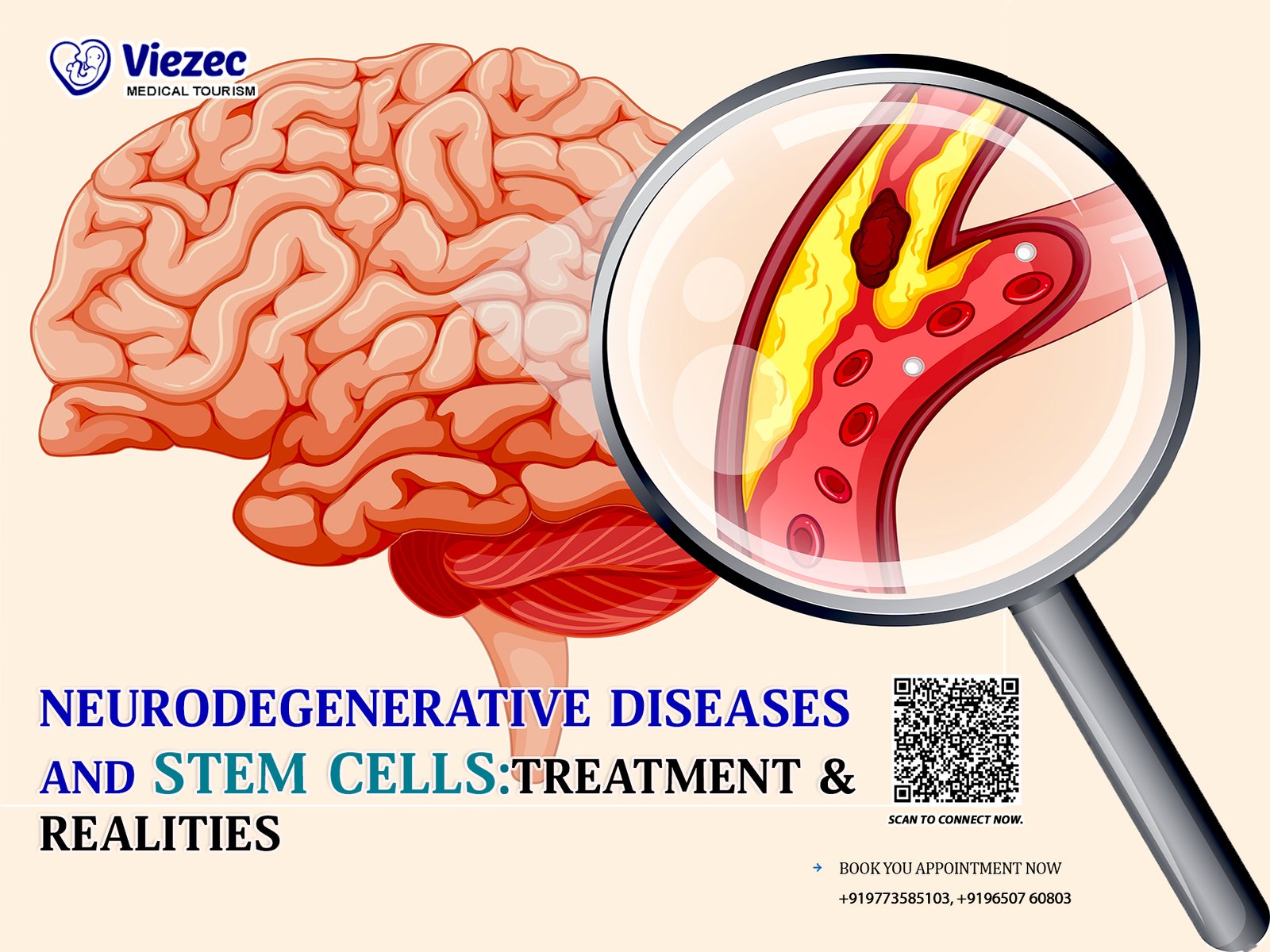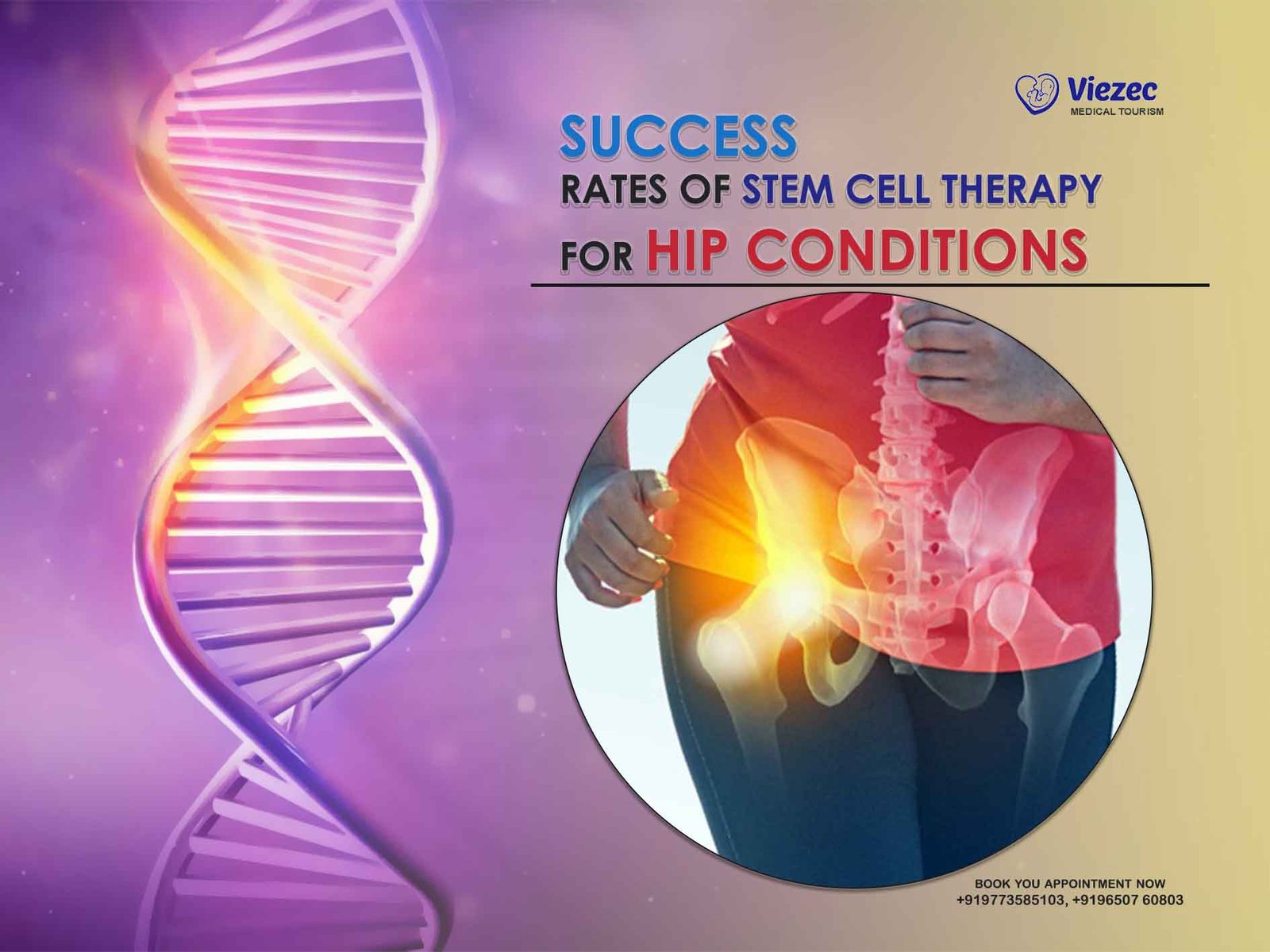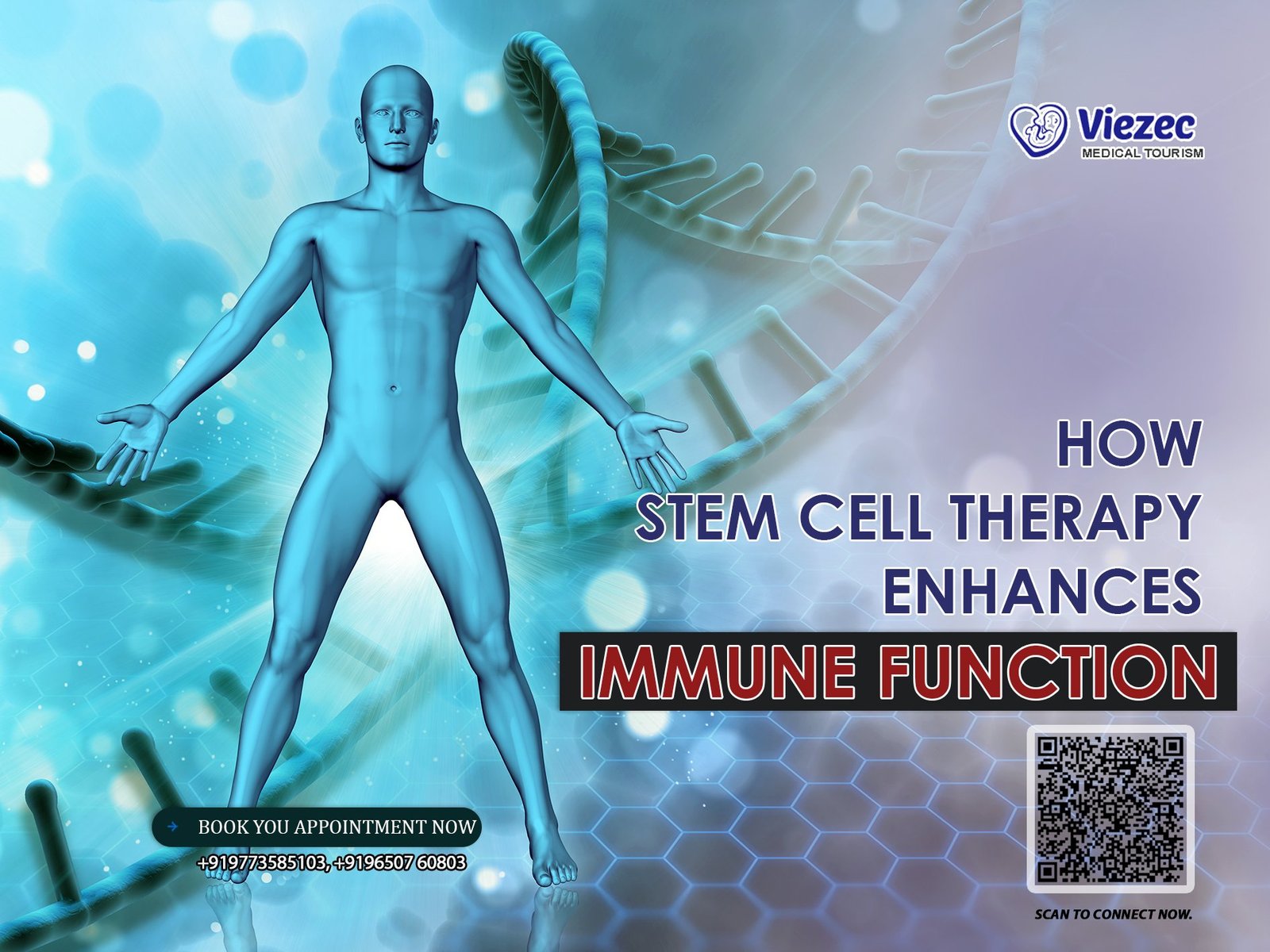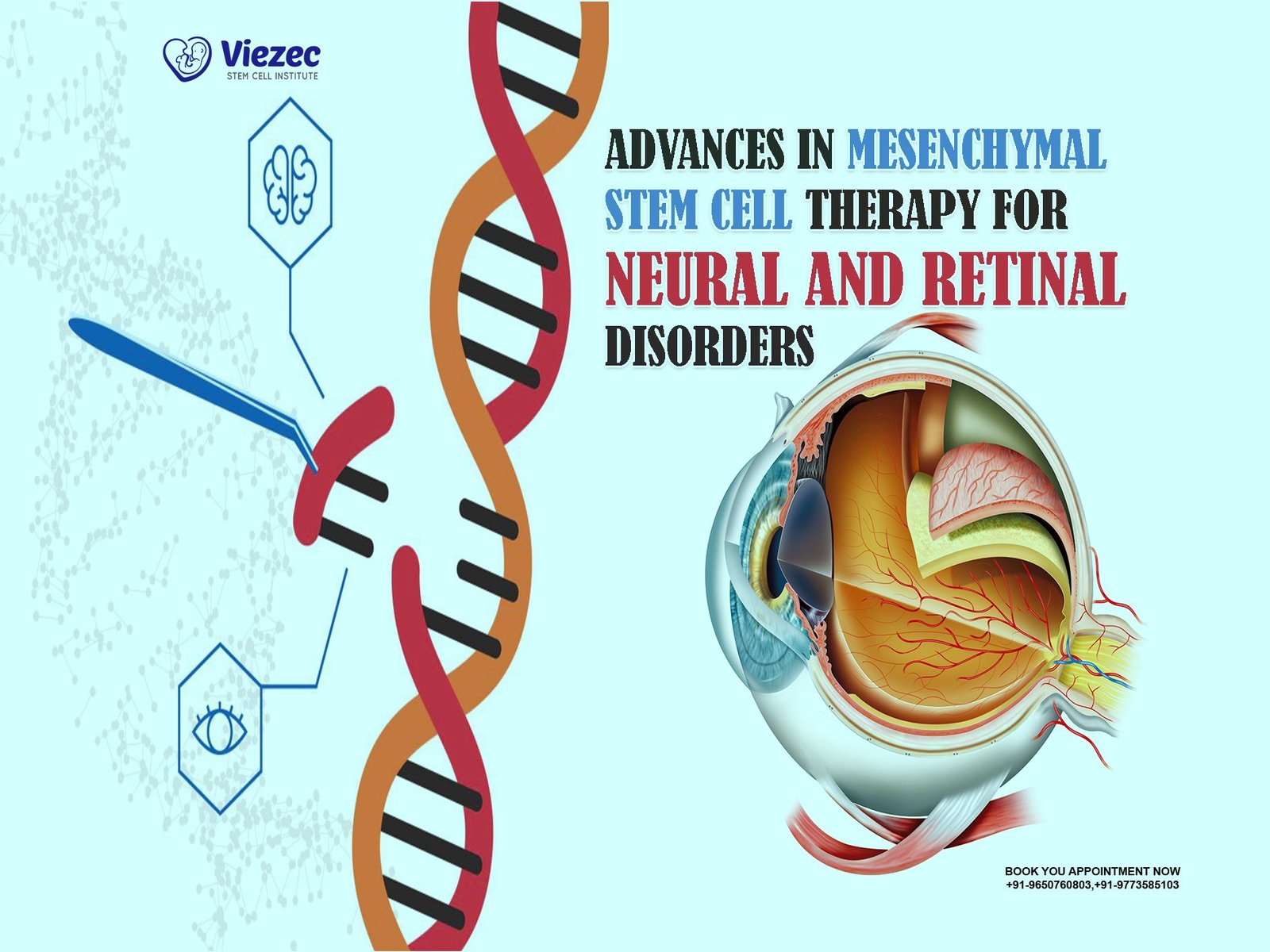KEY TAKEAWAYS
Neurodegenerative diseases—like Alzheimer’s, Parkinson’s, and ALS—silently erode the nervous system, robbing millions of their memory, mobility, and independence. These progressive conditions often worsen over time, with no definitive cure in sight. But science is on the move. Stem cell therapy has emerged as a cutting-edge frontier in regenerative medicine, offering fresh hope to patients and families desperate for new solutions. This article dives into what these diseases really are, how stem cells could change the treatment landscape, and what the science says about their true potential.
Understanding Neurodegenerative Diseases: The Silent Decline
Neurodegenerative diseases are like slow-moving storms within the nervous system. They quietly damage and eventually destroy nerve cells in the brain, spinal cord, or both—often long before symptoms become obvious. Unlike sudden brain injuries, these disorders creep in over months or years, gradually affecting memory, movement, behavior, or emotional health.
What makes them especially complex is their wide range of causes. Some arise from inherited genetic mutations, while others may be triggered by environmental toxins, age-related wear-and-tear, or even viral infections. Despite these differences, one common thread links them all: progressive neurological decline that worsens over time.
As global life expectancy rises, so does the burden of these conditions. According to the World Health Organization, neurological disorders are now the leading cause of disability-adjusted life years (DALYs) globally, and this trend is only expected to grow. Understanding this silent decline is the first step toward developing better solutions—and stem cell research is at the forefront of that mission.
Common Types of Neurodegenerative Conditions
Neurodegenerative diseases aren’t one-size-fits-all. Each condition targets different brain regions or nerve pathways, leading to unique—and often devastating—symptoms. While their progression varies, they all share a slow, relentless decline in function. Let’s explore some of the most well-known conditions that stem cell therapies are aiming to address.
Alzheimer’s Disease: Memory and Cognitive Loss
Alzheimer’s disease is the most common form of dementia, affecting over 55 million people globally according to the WHO. It’s marked by two key brain abnormalities: amyloid plaques and tau tangles, which disrupt communication between neurons and eventually cause them to die.
Early signs include forgetfulness, difficulty solving problems, or losing track of time. As the disease advances, patients may forget loved ones, become disoriented, and lose the ability to perform basic tasks. While current treatments like donepezil or memantine may ease symptoms temporarily, they don’t stop the underlying damage.
Stem cells are being investigated as a way to regenerate neural networks and restore memory function. Although still in early stages, lab studies show potential in reversing some effects of neuronal death.
Parkinson’s Disease: Motor Function Breakdown
Parkinson’s disease primarily affects movement, stemming from the degeneration of dopamine-producing neurons in a region of the brain called the substantia nigra. Without dopamine, the brain struggles to control movement smoothly.
Common symptoms include tremors, slowed movement (bradykinesia), muscle stiffness, and balance issues. Over time, it can also impair speech, writing, and even mood.
While medications like levodopa can help temporarily replenish dopamine, they lose effectiveness with time. That’s where stem cell therapy enters the picture. Scientists are working to transform stem cells into dopamine-producing neurons to replace those lost—offering a more lasting solution than medication alone. In 2023, clinical trials in Japan showed promising early outcomes using iPSC-derived dopamine cells.
ALS (Amyotrophic Lateral Sclerosis): Muscle Wasting and Paralysis
ALS, often known as Lou Gehrig’s disease, attacks the motor neurons responsible for voluntary movement. As these neurons degenerate, muscles weaken, leading to slurred speech, difficulty walking, and eventually, paralysis. Most people with ALS succumb to respiratory failure within 3 to 5 years of diagnosis.
Despite its grim prognosis, researchers are exploring how mesenchymal stem cells might protect neurons, modulate immune responses, and slow progression. BrainStorm Cell Therapeutics’ NurOwn therapy, for instance, has completed Phase 3 trials showing hopeful safety data and functional improvement in some subgroups of patients.
Huntington’s Disease: Genetic Brain Deterioration
Huntington’s disease is a hereditary condition caused by a mutation in the HTT gene. This defect leads to toxic buildup in brain cells, particularly in the basal ganglia and cortex, causing both physical and mental symptoms.
Early signs include mood swings, irritability, and involuntary movements. As it progresses, it brings cognitive decline, psychiatric disorders, and severe motor dysfunction.
There’s currently no cure, but researchers are exploring how stem cells might be used to replace the neurons lost and deliver neuroprotective proteins. The challenge lies in targeting the therapy without altering the inherited mutation—something gene editing may help solve in tandem with regenerative therapies.
What Are Stem Cells and Why Are They Important?
Stem cells are nature’s original repair kit—unspecialized cells with the remarkable ability to become nearly any type of cell in the body, including neurons. This makes them especially valuable in treating diseases where cell death plays a central role, like those affecting the nervous system.
There are three primary types of stem cells:
-
Embryonic Stem Cells (ESCs): These are pluripotent, meaning they can become any cell type in the body. While powerful, their use is limited by ethical considerations.
-
Adult Stem Cells (such as mesenchymal stem cells): These are multipotent, meaning they can give rise to a limited range of cells. They’re commonly found in bone marrow and fat tissue and are already used in clinical settings.
-
Induced Pluripotent Stem Cells (iPSCs): These are adult cells reprogrammed back into a pluripotent state. They behave like embryonic stem cells but avoid ethical concerns and can be made from the patient’s own cells, reducing the risk of rejection.
What makes stem cells exciting in the context of neurodegenerative disease is their ability to replace damaged neurons, modulate inflammation, and stimulate the body’s own repair mechanisms. In controlled lab environments, scientists can now guide stem cells to become highly specific nerve cell types, such as dopamine-producing neurons for Parkinson’s or motor neurons for ALS—opening the door to truly personalized medicine.
How Stem Cell Therapy Works for Brain and Nerve Repair
Stem cell therapy for neurodegenerative diseases is not just about injecting cells—it’s about rebuilding the brain’s broken communication network. The primary goal is to replace dead or damaged neurons, support surviving ones, and rewire disrupted neural circuits.
The process begins by cultivating stem cells in the lab and guiding them to become specialized cell types, such as motor neurons, glial cells, or dopaminergic neurons, depending on the disease being treated. These tailored cells are then introduced into specific regions of the brain or spinal cord using one of the following methods:
-
Intracranial injections: Directly delivering cells into the brain, often used in Parkinson’s research.
-
Intrathecal administration: Injecting cells into the cerebrospinal fluid around the spinal cord, which is more common in ALS trials.
-
Intravenous infusions: Less invasive, though cell targeting may be less precise.
Some strategies focus on glial progenitor cells, which support the brain’s environment and help existing neurons survive. Others aim to replace lost neurons and restore complex signaling pathways.
But it’s not a plug-and-play solution. The brain is incredibly intricate, and getting stem cells to survive, integrate properly, and connect with existing neurons is one of the biggest challenges scientists face. Despite these hurdles, early trials show that stem cells can reduce inflammation, promote healing, and even stimulate the body’s own repair processes—bringing science one step closer to functional recovery in patients.
Promising Stem Cell Treatments for Neurodegenerative Disorders
We’re entering a new era where stem cell therapies are moving beyond lab benches and into clinical settings. While no treatment has yet received full FDA approval for neurodegenerative diseases, several therapies are in advanced trial phases and showing encouraging signs of safety and effectiveness. These experimental approaches offer glimpses of what regenerative medicine might soon make routine.
Success Stories and Patient Outcomes
While still rare, there are real-world examples of patients benefiting from early-phase trials. Some individuals with Parkinson’s have reported smoother motor control and fewer tremors following cell transplants. Others with ALS have noted temporary improvements in speech and mobility.










